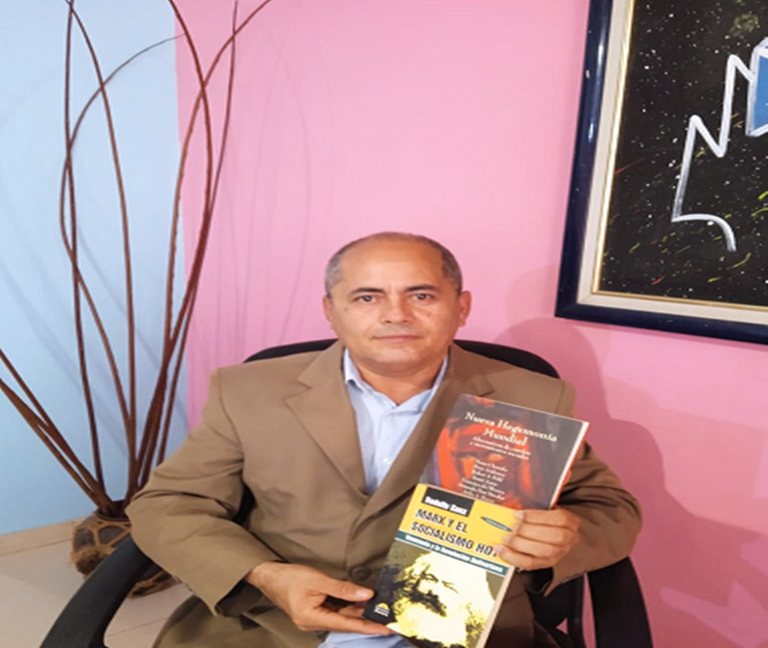
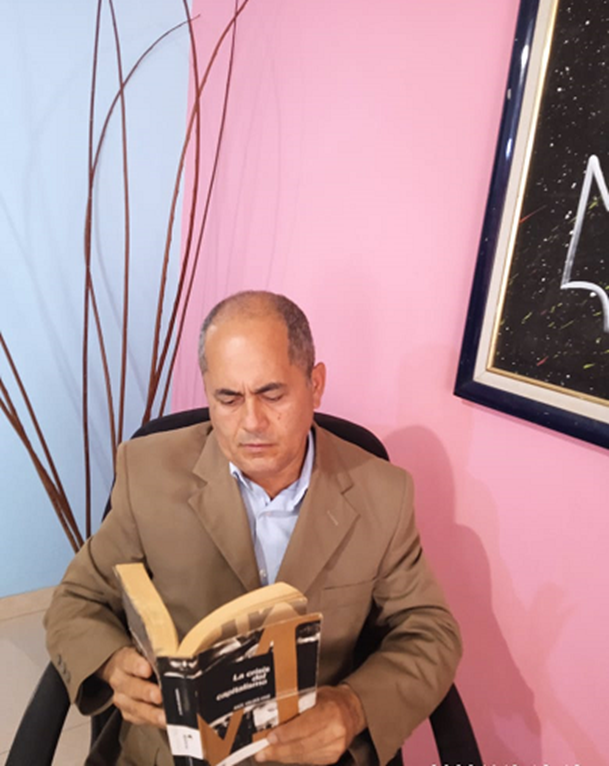
Hola amigos de esta extraordinaria plataforma de #Hive, hoy quiero compartir con ustedes algunas inquietudes del tema económico, que aunque no soy profesional de la materia, soy un acucioso lector y apasionado de la política económica y todo su dinamismo, así que espero poder interactuar con todos ustedes y dejarles un poco de inquietud sobre este aspecto tan polémico y necesario para el mundo.
Hello friends of this extraordinary #Hive platform, today I want to share with you some concerns about the economic issue, that although I am not a professional in the field, I am an avid reader and passionate about economic policy and all its dynamism, so I hope to interact with all of you and leave you a little concern about this controversial and necessary aspect for the world.
No cabe duda que las cosas en el mundo están muy movidas, en lo político, en lo social y en lo económico. Desde la gran depresión, ocurrida en octubre de 1929, con la caída de la bolsa de valores de Nueva York en los Estados Unidos, que generó las condiciones que dieron origen a la Segunda Guerra Mundial, con las consecuencias sociales, políticas, demográficas, económicas y financieras que se produjeron al final de ésta, en el año 1945, y que gestó en el ámbito geopolítico, a la conformación de dos bloques poderosos y hegemónicos, por un lado el bloque occidental liderado por los Estados Unidos de América y por el otro, el bloque del Este, la Unión Soviética y los países del este europeo, que posteriormente dieran lugar a la llamada Guerra Fría.
There is no doubt that things in the world are very busy, politically, socially and economically. Since the Great Depression in October 1929, with the fall of the New York Stock Exchange in the United States, which generated the conditions that gave rise to the Second World War, with the social, political, demographic, economic and financial consequences that followed at its end, In the geopolitical sphere, this led to the formation of two powerful and hegemonic blocs, on the one hand, the Western bloc led by the United States of America and, on the other, the Eastern bloc, the Soviet Union and the countries of Eastern Europe, which later gave rise to the so-called Cold War.
La segunda guerra mundial trajo consigo consecuencias catastróficas. La generación y crecimiento del nazismo producto del ultranacionalismo, que se inicia en Alemania con la llegada de Hitler al poder y su proyecto de expandirlo por toda Europa. La sangrienta guerra de exterminio que generó el tenebroso holocausto, principalmente hacia la población judía, las invasiones a los países europeos que dieron a la postre la cifra de mas de 60 millones de muertos, en todo lo que duró la segunda guerra mundial. Así mismo toda la repercusión en la economía europea y mundial, que trajo consigo altos niveles de desempleo, hiperinflación, disminución del PIB mundial, descenso en mas de un 50% del comercio mundial, el impacto en la agricultura y la producción de alimentos, la caída de la demanda de productos primarios, el colapso de la industria entre otras consecuencias.
The Second World War brought with it catastrophic consequences. The generation and growth of Nazism, a product of ultranationalism, which began in Germany with Hitler's rise to power and his project to expand it throughout Europe. The bloody war of extermination that generated the dark holocaust, mainly towards the Jewish population, the invasions of European countries that ultimately resulted in the death toll of more than 60 million people during the Second World War. Likewise, all the repercussions on the European and world economy, which brought with it high levels of unemployment, hyperinflation, a decrease in world GDP, a decrease of more than 50% in world trade, the impact on agriculture and food production, the fall in demand for primary products, the collapse of industry, among other consequences.
También con el final de la segunda guerra mundial, además de los dos bloques hegemónicos, comienzan a conformarse las grandes instituciones internacionales, surge la Organización de las Naciones Unidas (ONU), institución creada para mantener la paz y la seguridad mundial, la cooperación entre las naciones, la amistad y la armonía mundial, además para servir como aforo para las soluciones de conflictos entre naciones( cosa con lo que se está en mora por los conflictos que han ocurrido desde su fundación), también surge el llamado Pacto de Varsovia, que consistió en un acuerdo de los países del Este europeo y la Unión Soviética, con la misión de solucionar conflictos internos en sana paz, apoyarse en la defensa mutua y generar seguridad jurídica frente al bloque europeo occidental. Así mismo nace la Organización del Tratado del Atlántico Norte (OTAN), entre cuyos fines está el de proporcionar seguridad, protección y defensa a cada uno de sus integrantes que sea atacado por alguna nación externa.
Also with the end of the Second World War, in addition to the two hegemonic blocks, the great international institutions began to take shape, the United Nations Organization (UNO) arose, an institution created to maintain world peace and security, cooperation among nations, friendship and world harmony, The Warsaw Pact was also created, which consisted of an agreement between the countries of Eastern Europe and the Soviet Union, with the mission of resolving internal conflicts in peace, supporting each other in mutual defense and generating legal security against the Western European bloc. The North Atlantic Treaty Organization (NATO) was also created to provide security, protection and defense to each of its members when attacked by an external nation.
Hay que resaltar sin duda, la aparición en escena de la República Popular China, que marca su presencia en este escenario mundial, después del triunfo de la revolución conducida por Mao Tse-Tung fundador y máximo dirigente del Partido Comunista Chino. China es una de las cinco naciones del mundo que, junto a los Estados Unidos, Rusia, Francia y Reino Unido, tienen derecho a veto en el Consejo de Seguridad de Naciones Unidas y representa hoy, la segunda economía del planeta, a poco de ser la primera, si desplaza a los EEUU, como proyectan algunos expertos.
It is undoubtedly worth mentioning the appearance on the scene of the People's Republic of China, which marks its presence on this world stage after the triumph of the revolution led by Mao Tse-Tung, founder and maximum leader of the Chinese Communist Party. China is one of the five nations in the world that, together with the United States, Russia, France and the United Kingdom, have the right to veto in the United Nations Security Council and today represents the second largest economy on the planet, and is close to becoming the first, if it displaces the United States, as some experts project.
De igual forma se fueron constituyendo aforos e instituciones que marcaban las pautas económicas y financiera en el planeta. Los acuerdos de Bretton Woods , realizados en la localidad de Bretton Woods (Nuevo Hampshire, Estados Unidos), en el mes de julio de 1944, que estableció las políticas económicas mundiales en materia monetaria y financiera, que estuvieron vigentes hasta principios de la década de 1970. Se pretendía también establecer las reglas para las relaciones comerciales y financieras entre los países mas industrializados del mundo.
In the same way, gauges and institutions that set the economic and financial guidelines for the planet were established. The Bretton Woods agreements, made in the town of Bretton Woods (New Hampshire, United States), in July 1944, established the world economic policies in monetary and financial matters, which were in force until the beginning of the 1970s. It was also intended to establish the rules for trade and financial relations between the world's most industrialized countries.
En estos acuerdos se decidió la creación del Banco Mundial (BM), y del Fondo Monetario Internacional (FMI), que empezaron a funcionar en 1946, además de imponer el dólar estadounidense como moneda de referencia internacional. El Banco Mundial tiene como objetivo la reducción de la pobreza otorgando crédito de bajo interés y apoyo económico a naciones en desarrollo o con graves problemas de crecimiento y producción. Mas adelante señalaré algunos aspectos que nos pueden hacer pensar que estos objetivos, los del BM y del FMI, no fueron cumplidos a cabalidad por estas instituciones financieras y crediticias, como también de las críticas que hace el premio Nobel de Economía Joseph Stiglitz, economista estadounidense que fue, por dos periodos, asesor económico del expresidente Bill Clinton.
In these agreements, it was decided to create the World Bank (WB) and the International Monetary Fund (IMF), which began to operate in 1946, in addition to imposing the US dollar as the international reference currency. The World Bank's objective is to reduce poverty by granting low-interest credit and economic support to developing nations or those with serious growth and production problems. Later on, I will point out some aspects that may lead us to think that these objectives, those of the WB and the IMF, were not fully met by these financial and credit institutions, as well as the criticisms made by Nobel Prize winner Joseph Stiglitz, an American economist who was, for two terms, economic advisor to former President Bill Clinton.
Hasta aquí y con algunos eventos posteriores que ocurrieron en la historia mas reciente, que veremos en las próximas entregas, pudiésemos decir que está representada la arquitectura económica del actual orden mundial. Claro que no podemos desestimar el importante número de conflictos y guerras que se han desatado, paradójicamente, desde la fundación de la ONU hasta estos tiempos con sus consecuentes impactos económicos, geopolíticos y sociales. La inmensa mayoría de estos conflictos tienen un eje transversal: los hidrocarburos.
Up to this point and with some subsequent events that occurred in more recent history, which we will see in the next installments, we could say that the economic architecture of the current world order is represented. Of course, we cannot underestimate the significant number of conflicts and wars that have been unleashed, paradoxically, since the founding of the UN until now, with their consequent economic, geopolitical and social impacts. The vast majority of these conflicts have a transversal axis: hydrocarbons.
Hoy tenemos una marcada tendencia de transformaciones en la economía del planeta que nos indican que vamos hacia un nuevo rumbo. El multilateralismo que se impone como norma de interrelación internacional, los nuevos instrumentos de integración regionales y subregionales, los BRICS ( Brasil, Rusia, India, China y Sudáfrica), la multipolaridad con el surgimiento de las nuevas economías emergentes, la nueva visión de la Organización de Países Exportadores de Petróleo (OPEP), la Ruta de la Seda impulsada por China, el tema de la producción de los hidrocarburos y su comercialización, el conflicto bélico en Ucrania, los cambios de gobiernos en América Latina, la pérdida de la hegemonía del gobierno de los EEUU y sin duda, la incorporación de las criptomonedas al sistema financiero mundial y la pandemia de la COVID-19, son factores sustanciales en este momento donde se está gestando el tramado de un Nuevo Orden Económico Mundial.
Today we have a marked trend of transformations in the world economy that indicate that we are heading in a new direction. Multilateralism is becoming the norm for international interrelations, the new instruments of regional and sub-regional integration, the BRICS (Brazil, Russia, India, China and South Africa), multipolarity with the emergence of the new emerging economies, the new vision of the Organization of Petroleum Exporting Countries (OPEC), the Silk Road promoted by China, the issue of hydrocarbon production and its commercialization, the war conflict in Ukraine, the changes of governments in Latin America, the loss of the hegemony of the US government and undoubtedly, the incorporation of cryptocurrencies to the world financial system and the COVID-19 pandemic, are substantial factors at this moment where the plotting of a New World Economic Order is taking shape.
Son factores que quizás nunca imaginaron ni el padre de la economía moderna, el escoces Adam Smith ni el Alemán Carlos Marx, autor del Capital, obra de obligatorio análisis en todas las escuelas de economía del mundo. De estos y otros fascinantes aspectos que conforman el andamiaje de la economía mundial, estaré comentándoles y aportando algunas ideas que, espero, generen iniciativas y debates en este amplio panorama que nos afecta a todos para bien o para mal.
These are factors that perhaps neither the father of modern economics, the Scottish Adam Smith, nor the German Karl Marx, author of Capital, a work of compulsory analysis in all schools of economics around the world, could ever have imagined. Of these and other fascinating aspects that make up the scaffolding of the world economy, I will be commenting on them and contributing some ideas that, I hope, will generate initiatives and debates in this broad panorama that affects us all for better or worse.
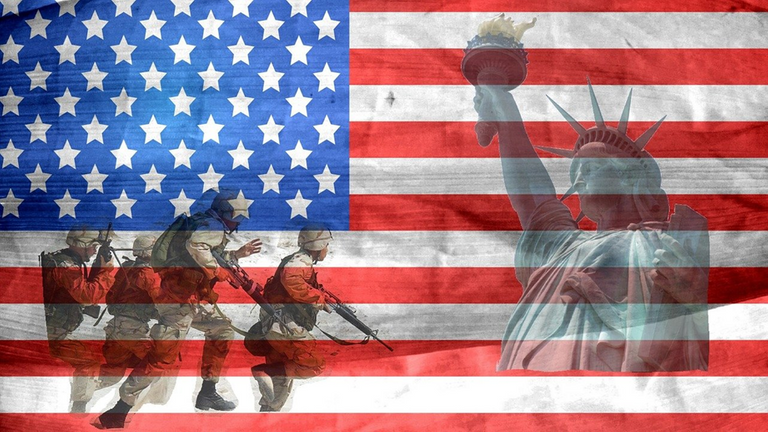
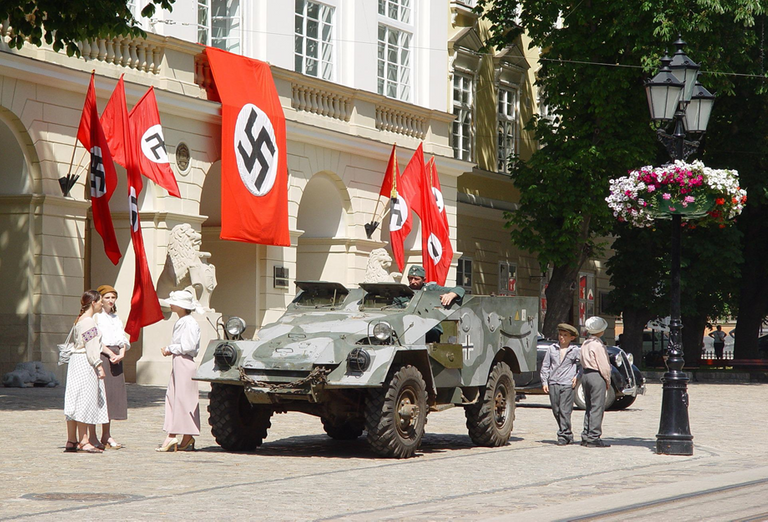
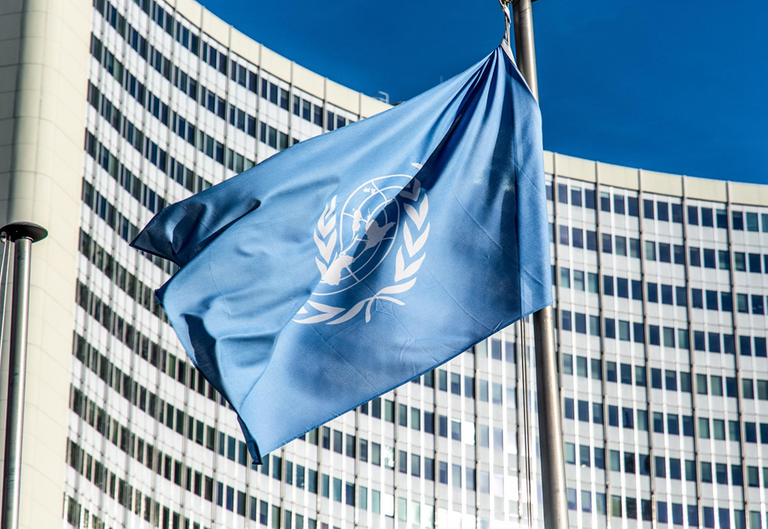
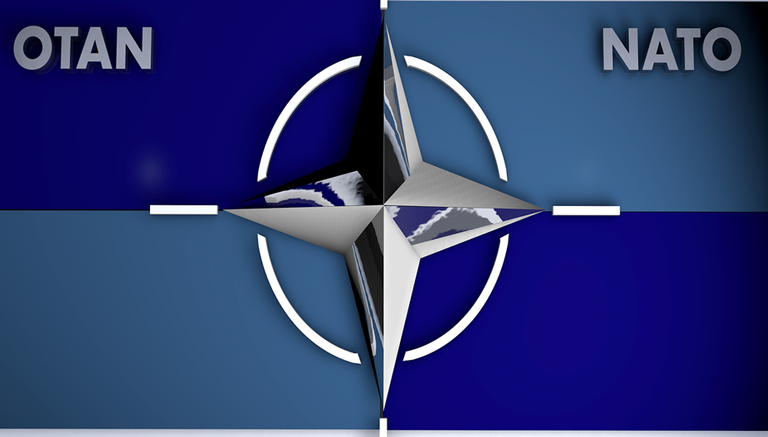
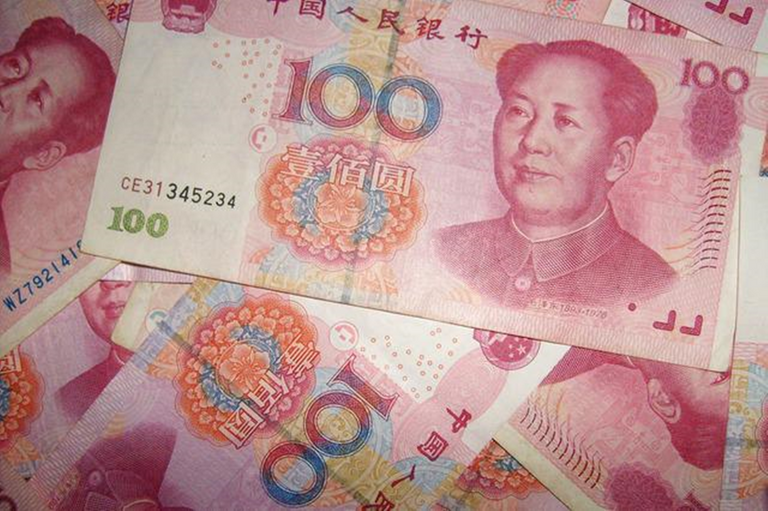
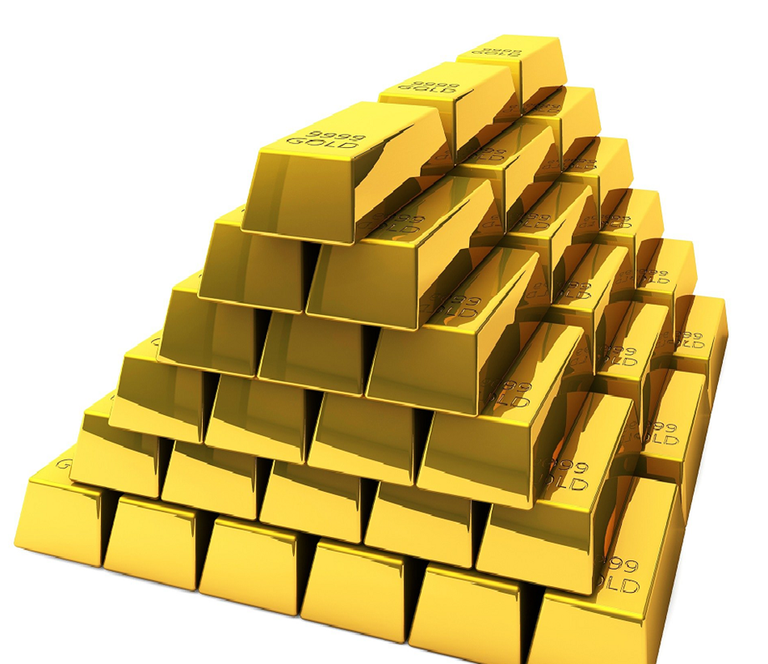
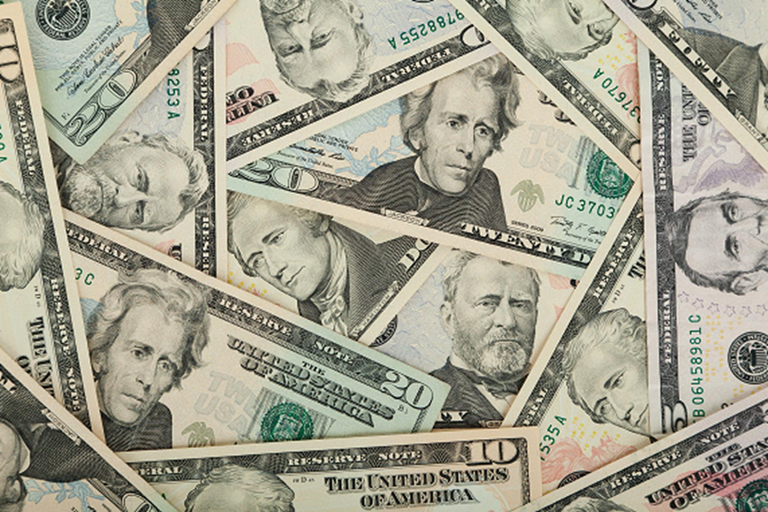
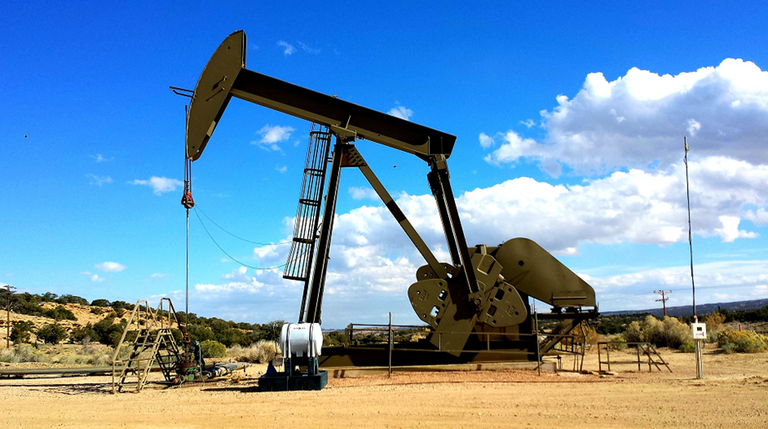
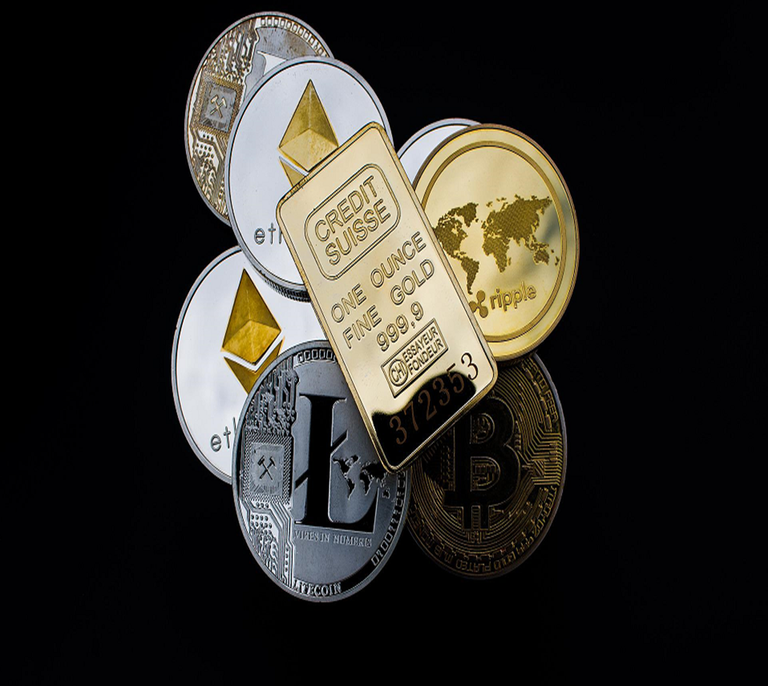
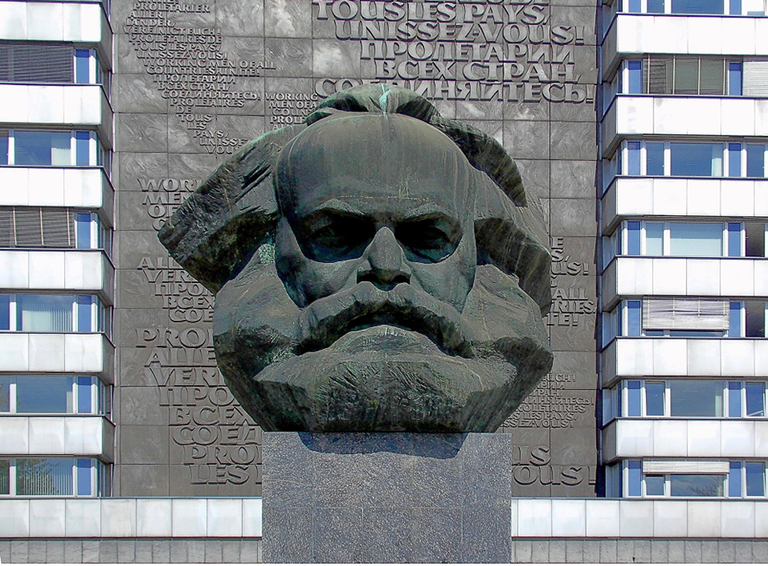
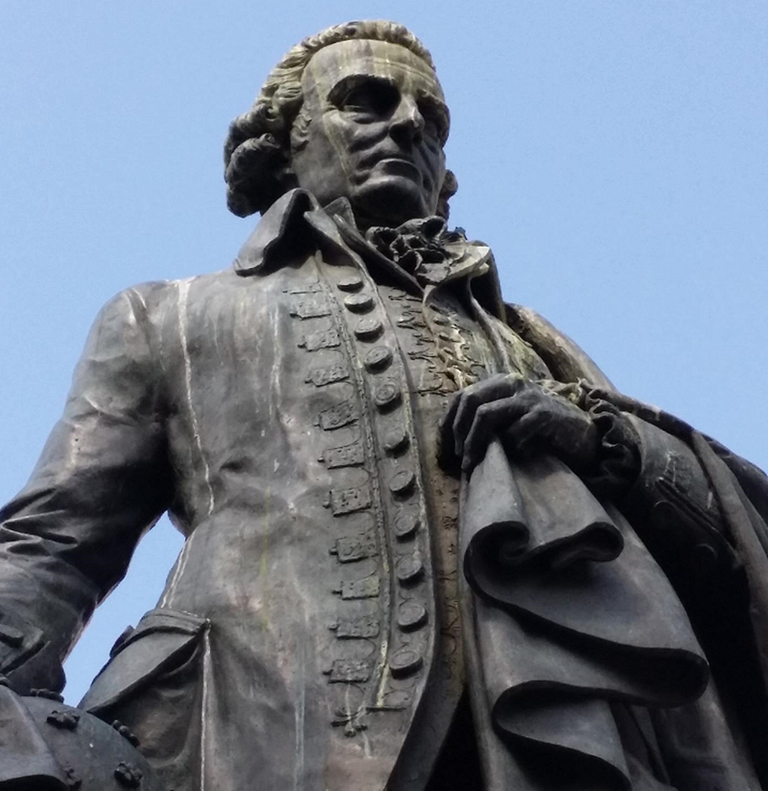
The rewards earned on this comment will go directly to the people(@hexagono6) sharing the post on Twitter as long as they are registered with @poshtoken. Sign up at https://hiveposh.com.